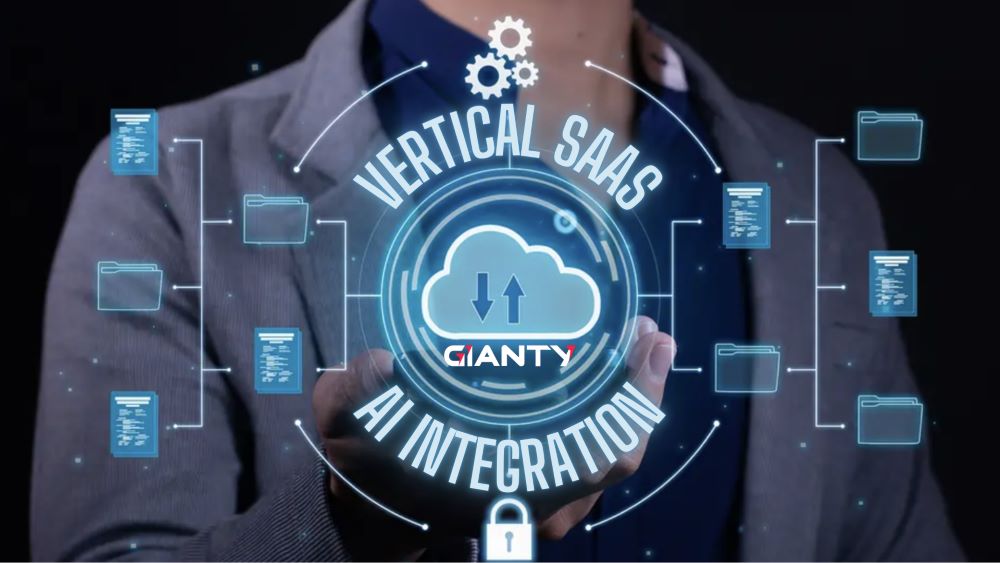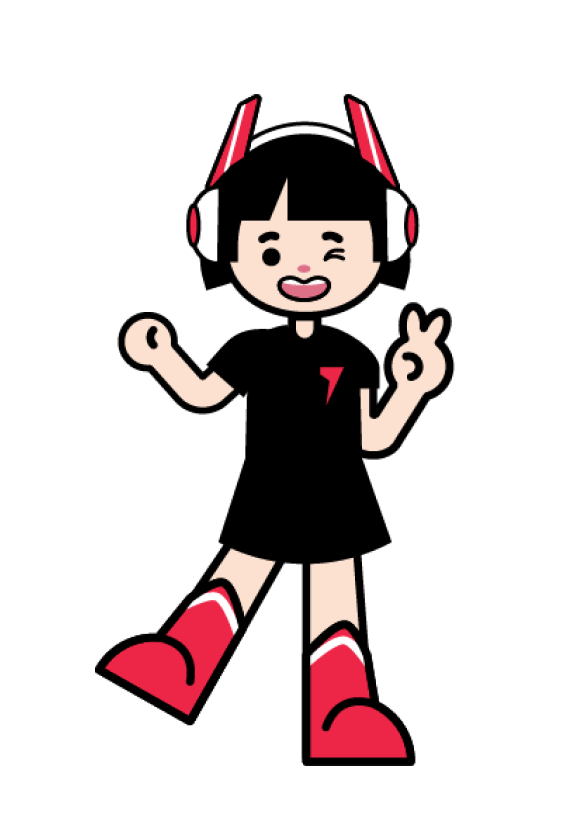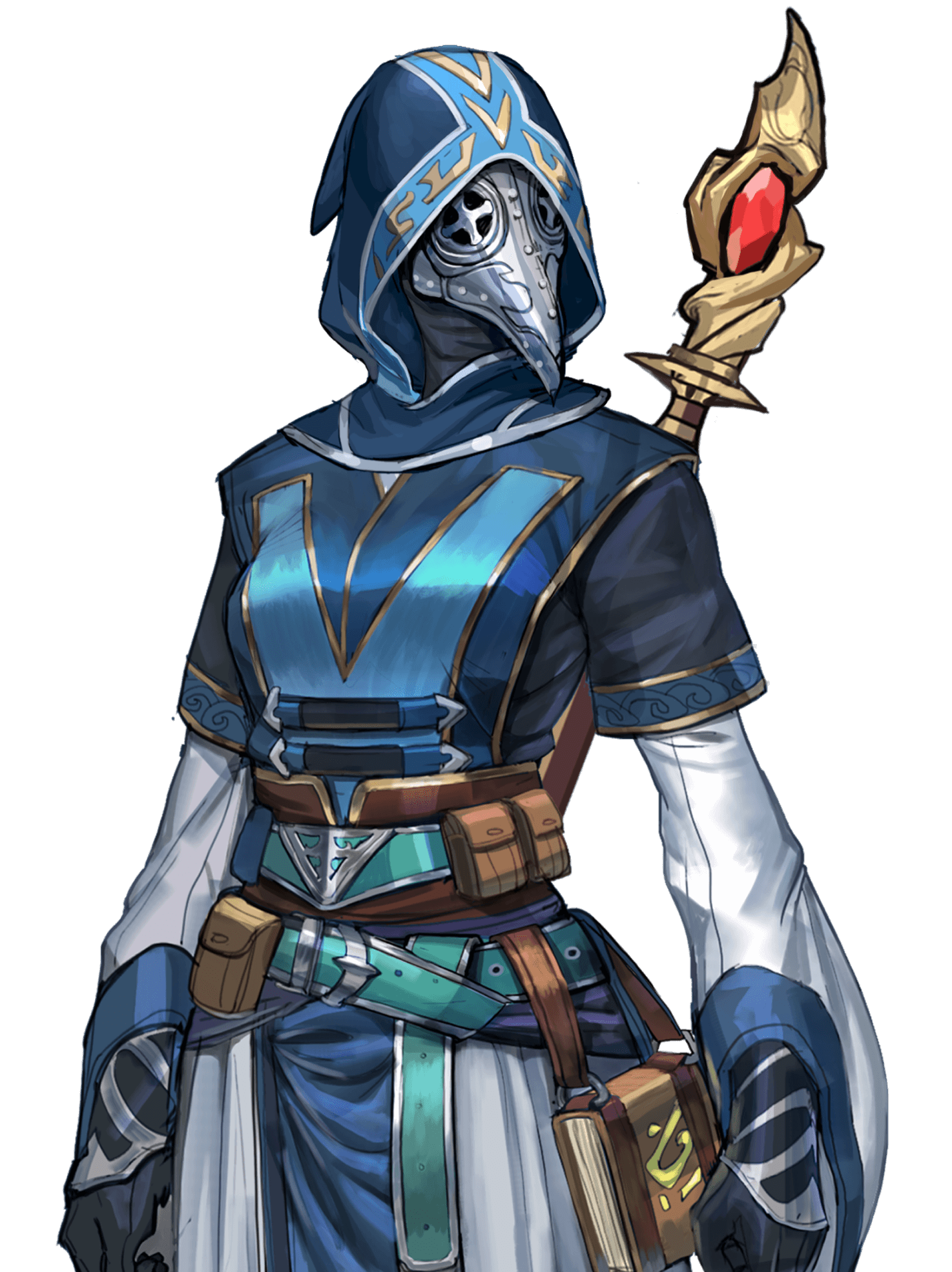Raksul – one of Japan’s 5 startups that raised the most capital in 2017, officially listed on the Tokyo stock exchange with a valuation of $386 million, 5 times its 2017 revenue (according to TechCrunch Japan).
From a startup with a first round of capital of only $100,000, after 11 years, Raksul became a public company. A dream journey for any startup.
Raksul — Uber for Print
Raksul is Japan’s largest Web2Print solution provider, with the Uber for Print model connecting with “printers” they have succeeded in defeating the traditional Print model by creating a platform that connects printers. The printer reprints, and then digitalizes the entire printing process, design, and final product on a single platform.
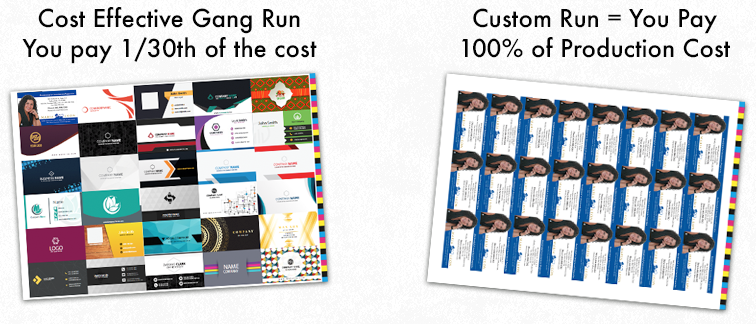
The article will focus on dissecting Raksul’s business model so that we can better understand the Web2Print model in Japan: a market quite close to Vietnam, trying to integrate the writer’s knowledge and experiences for you to read. You can draw some experience for yourself, or for the startup you are building.
Study but know how to apply creatively. Uber and Grab both have the same Tech platform, but when entering each market, they choose different ways to deploy and operate. Uber entered the Vietnamese market with UberCar — only supporting credit card payments, while Grab entered Vietnam with GrabTaxi and only supported cash payments. Strategic differences will help us have more chances of winning.
Part I. The 11-year journey from $100,000 to $385M
During more than 10 years of starting a business, I learned a lot of lessons from foreign startups. When applying a startup idea, the first thing I do is research similar models in the world. Learning similar models will help us avoid paying the price of ignorance as well as have more suitable strategies for the domestic market. Carefully studying Raksul’s 11-year journey also taught me many interesting lessons.
1. Before solving the main problem, they also solved a secondary problem
There is not much information about Luckle, the company that owns the Raksul brand. Thanks to Google Translations, the writer found a very interesting piece of information about Raksul.

Raksul’s predecessor, PrintComparision, provides price comparison services between printing houses. This can be considered as Raksul’s market research phase. Obviously, before solving the main problem of Web2Print, they also solved a “side problem” which is the initial step of building a customer base with printing needs, as well as establishing relationships with “printing houses”.
The first investment that Raksul received was $100k in September 2011, after exactly 9 years, on April 27, Raksul was officially listed on the Japanese stock exchange, Raksul’s value is $385M, its business is The 2017 number was $76M.
2. Let’s look back at their steps…
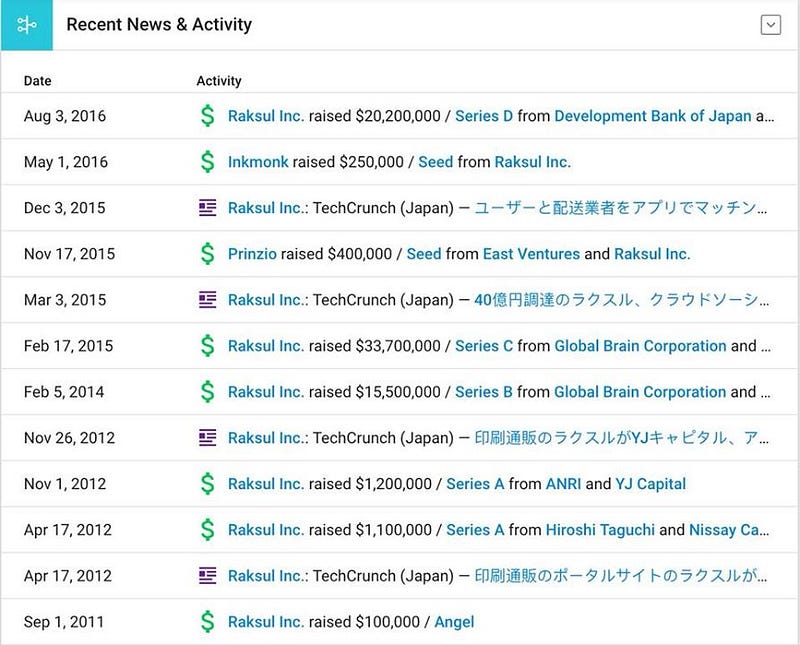
Not everyone who works at a startup understands the founder’s deep desires.
Looking back at Raksul’s 9-year Timeline, we can see that continuously calling capital rounds for startups is a very necessary thing. In each round of capital raising, the company’s value will increase, to reach the ultimate goal of turning all the sacrifices of each member into money, into real wealth. Suppose someone has to sacrifice 10 or 20 million a month because their income is less than their contributions. After 2–3 years they are disadvantaged and lose 200 million, then they need to be compensated at least 5–10 times. for that sacrifice.
Not everyone has enough faith in the future of Startups to be ready to accept this. Repeating this mission in your startup is extremely important. Remember, a company is only valuable if and when it has liquidity, meaning some investors spend money to buy back xx% of their company’s shares.
3. Business model: Uber for Printing, Japanese version
Instead of investing in a costly print house, Raksul creates a network connecting printers and printers and acts as an intermediary to coordinate the “print orders” they receive from customers from their website, then transfers those print jobs to partner printers. Print jobs are coordinated based on printer capacity, price, and location to maximize performance. Raksul enjoys discounts on those orders.
4. Raksul Difference: Standardize, Optimize, and digitize the entire Printing process.
a) Standardization
Before reading further, you should take a moment to read the analysis of Raksul’s business model here
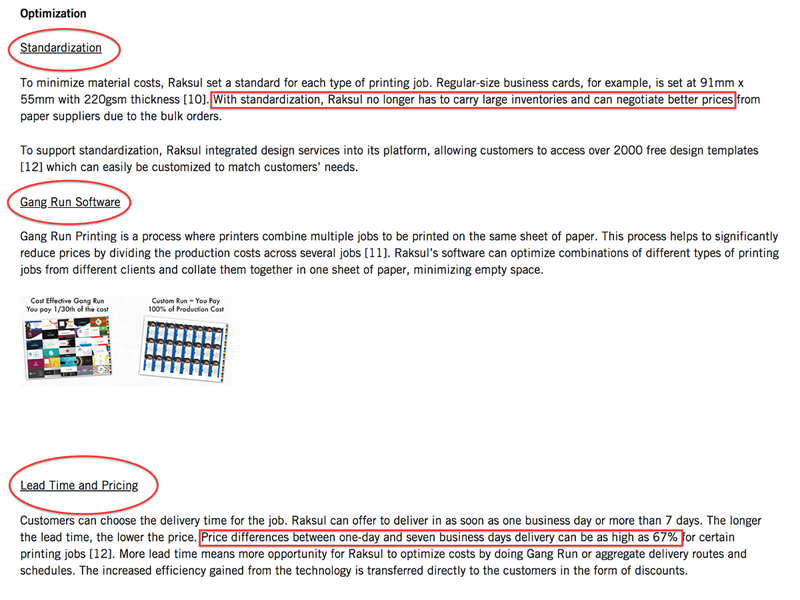
As in the analysis above, Raksul has “standardized” basic needs in printing. For example, for a regular name card, Raksul’s standard set for it is 91mm long, 55mm wide, and 220gsm thick. With standardization, Raksul has not only optimized inventory but also has the advantage of negotiating prices from paper suppliers in large quantities and regularly. On the customer side, when there is a need to print a Namecard box, they often will not understand what their needs are, they will not know what type of paper to choose, how thick is suitable, etc. If we can give them an immediate choice with competitive price and good quality. That is exactly what customers need.
“People don’t know what they want until you show it to them.” — Steve Job
Steve is not wrong, “innovative” startups must at least give customers what they need, so they can create outstanding products and services.
b) Gang Run Software — Printing card combinations
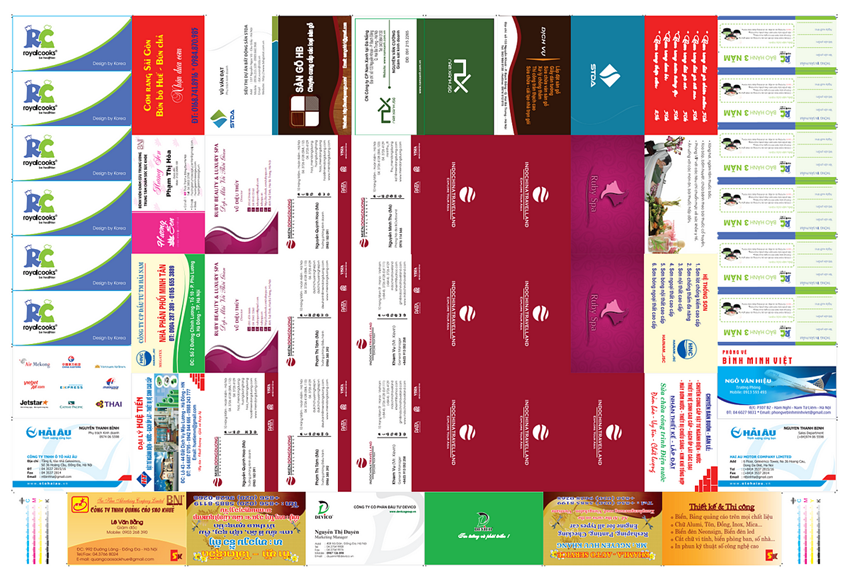
Imagine we have 200 Namecard printing orders per day, and if the average order is 10 card boxes, then we will have 2000 card boxes “combined” for printing as shown above, then printing costs will be reduced. go a lot.
c) Lead Time & Pricing — Optimal
“The price difference between same-day and seven-business-day delivery can be as high as 67% for some print jobs.” The relationship between “Standardization”, “Gang Run” and “Lead time” is extremely easy to understand. Longer delivery times will help Raksul optimize printing orders and deeply reduce production costs.
5. Product list: small enough to scale, high enough “reprint” rate to gain market share










